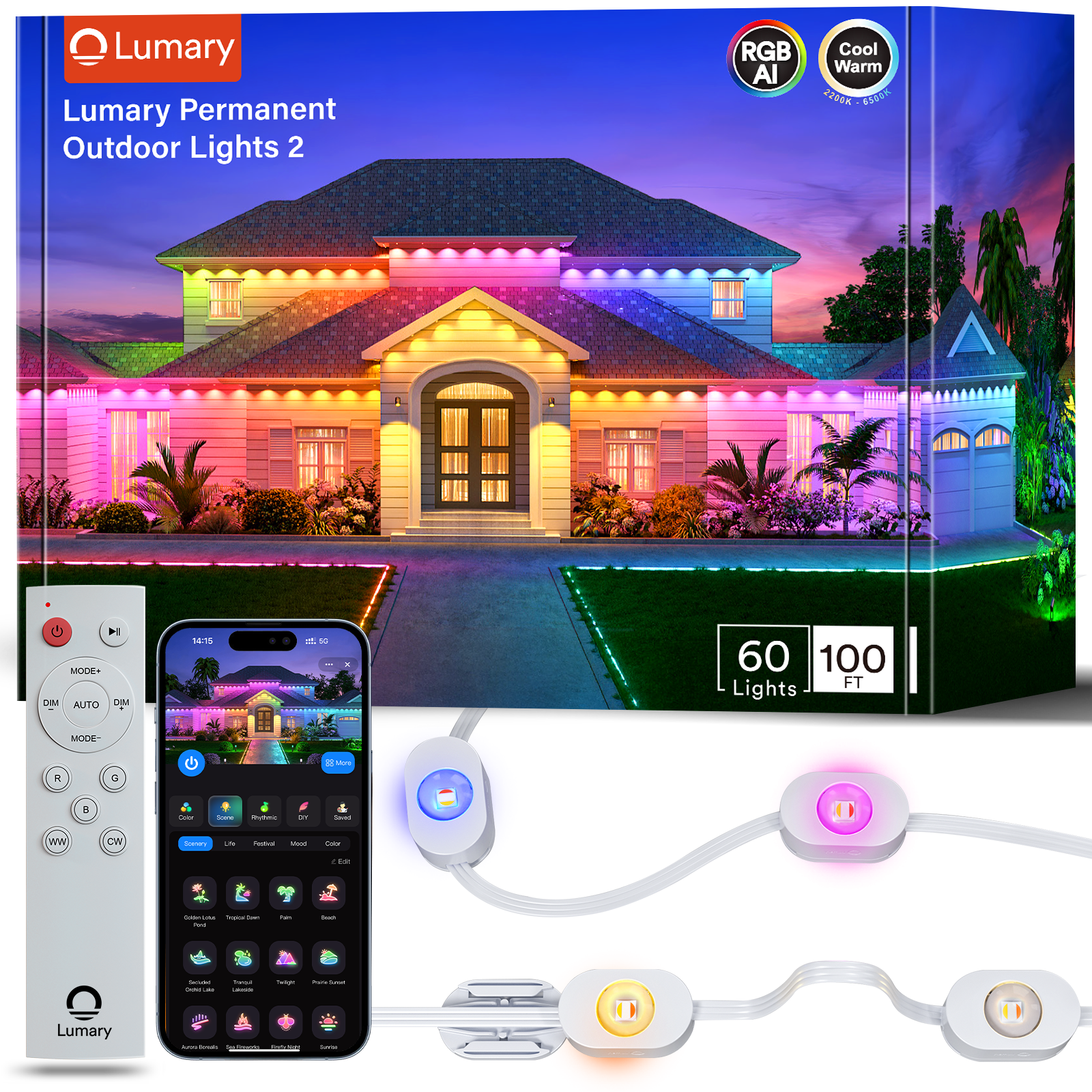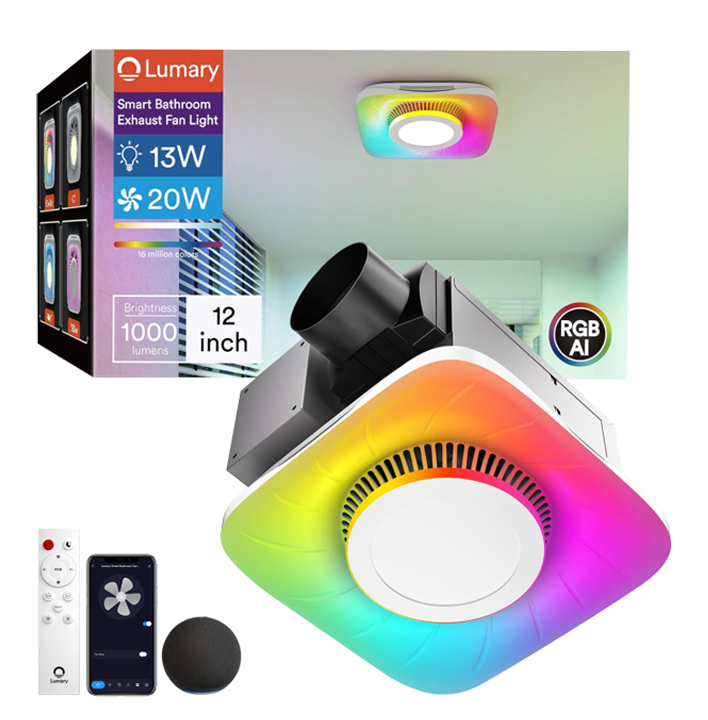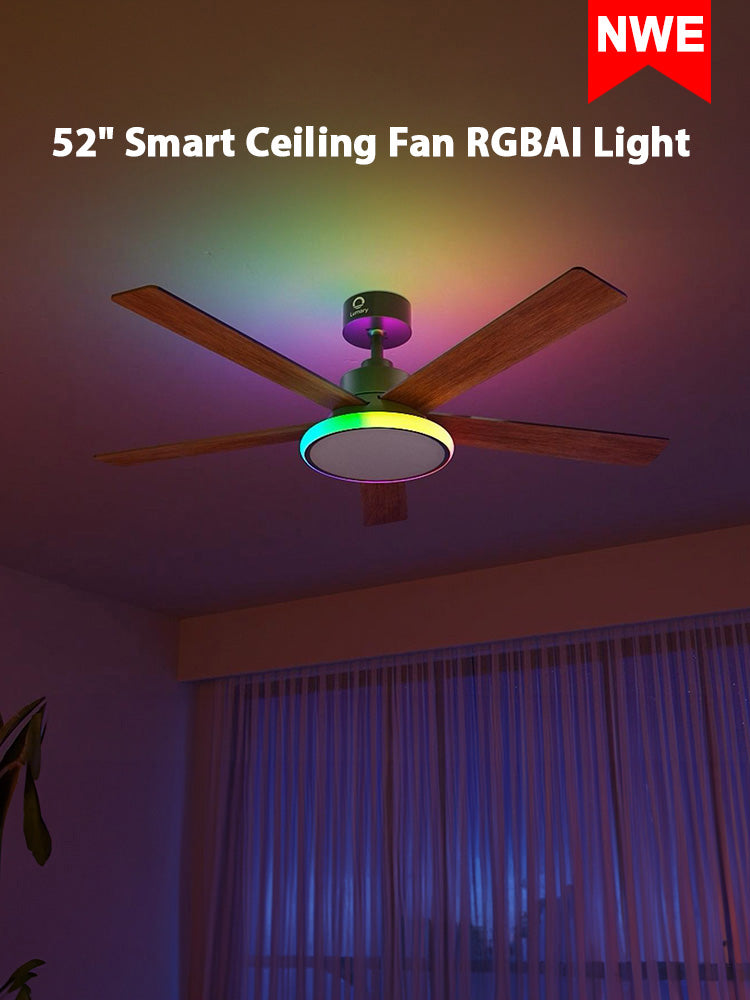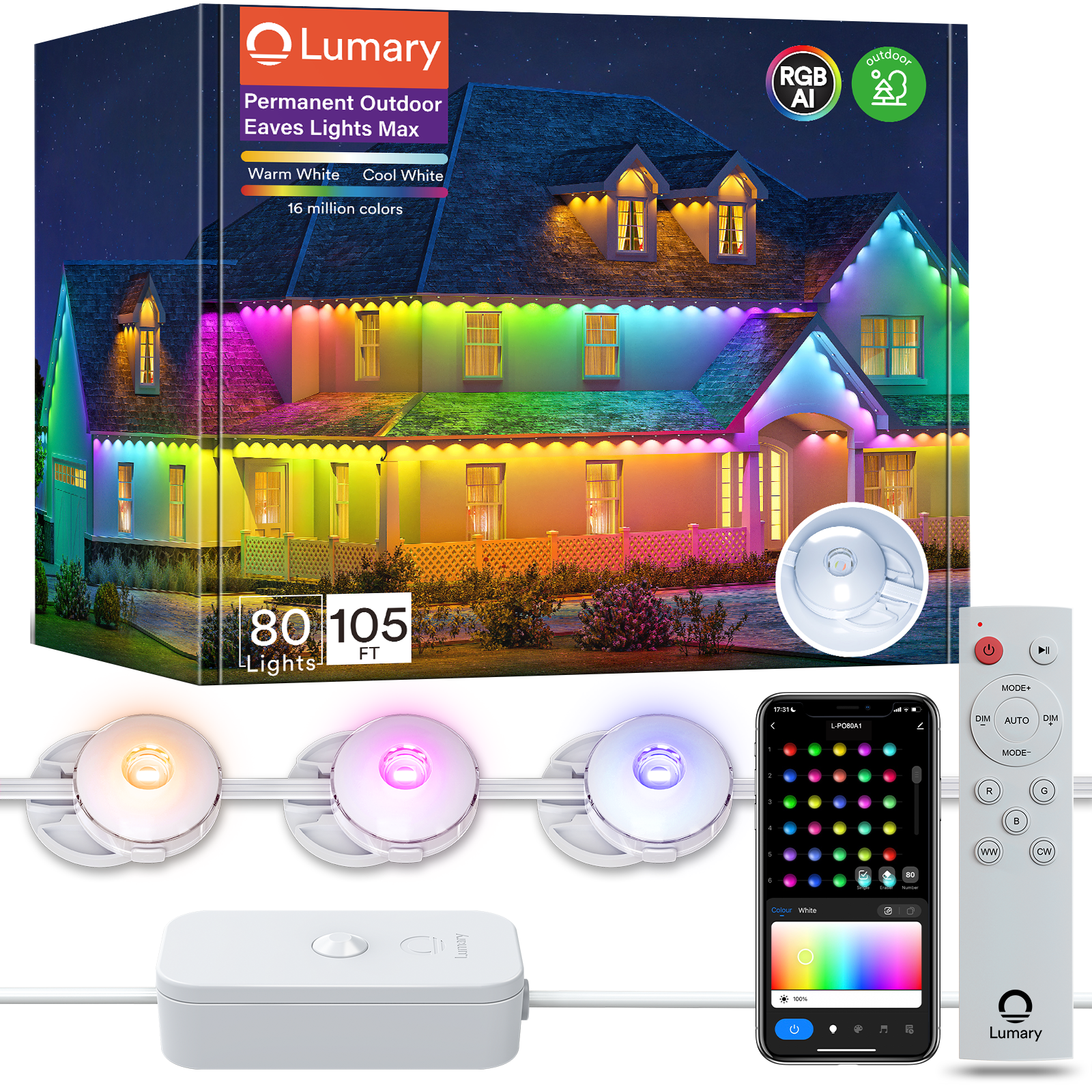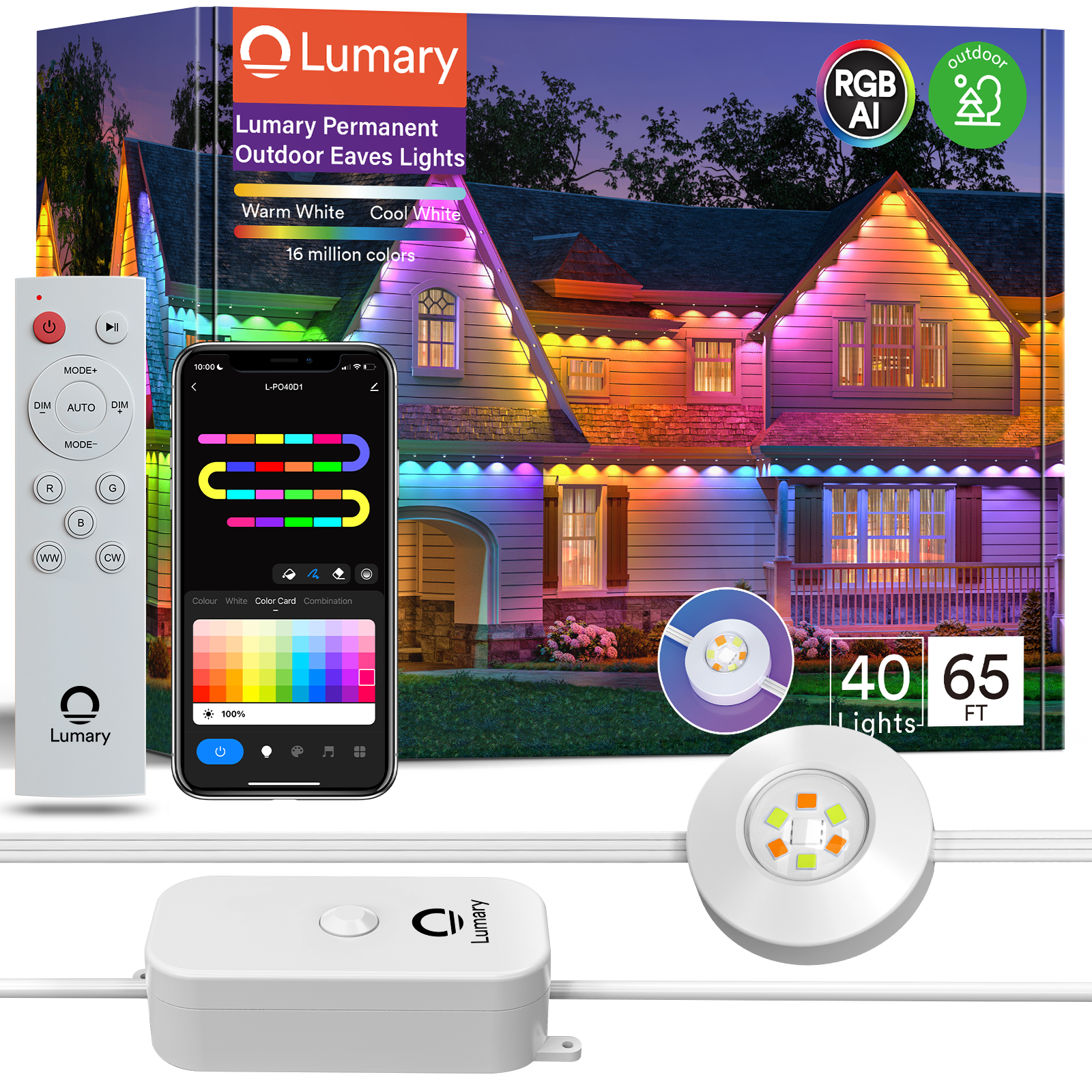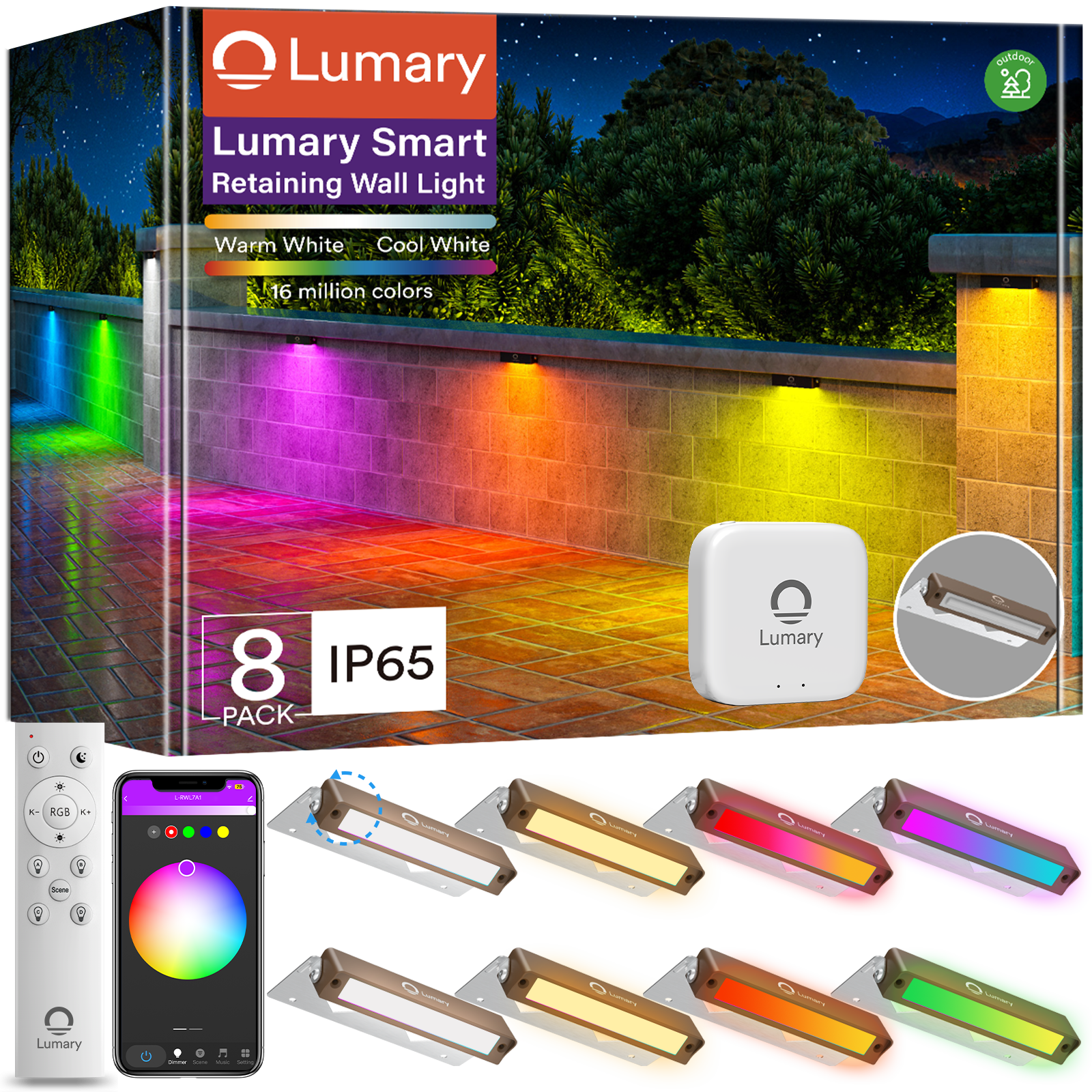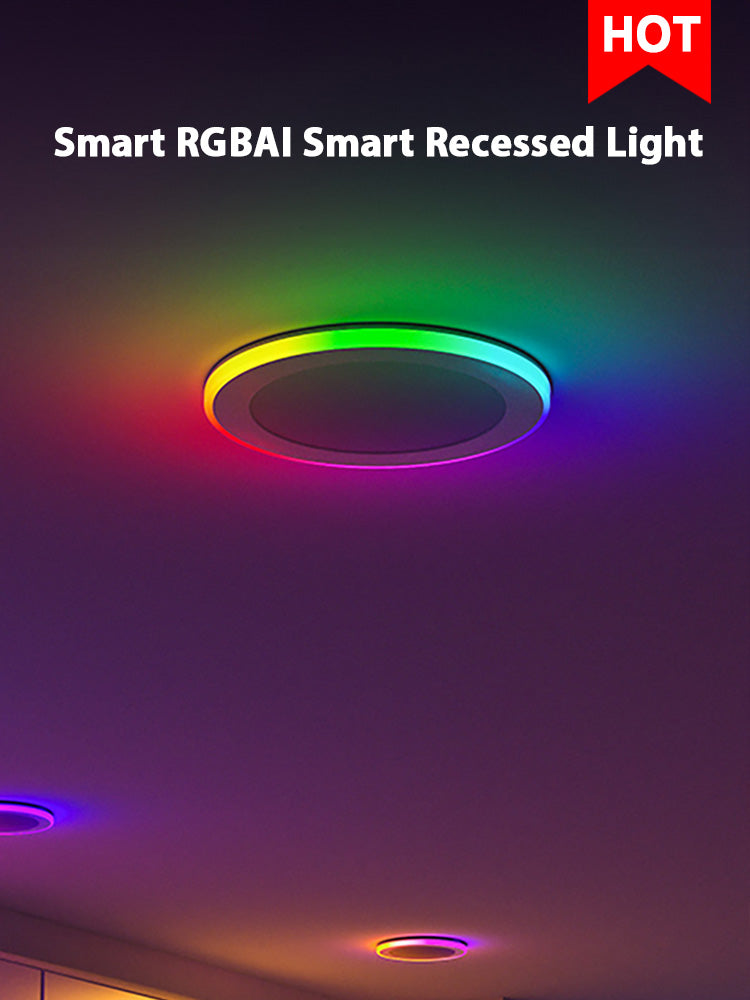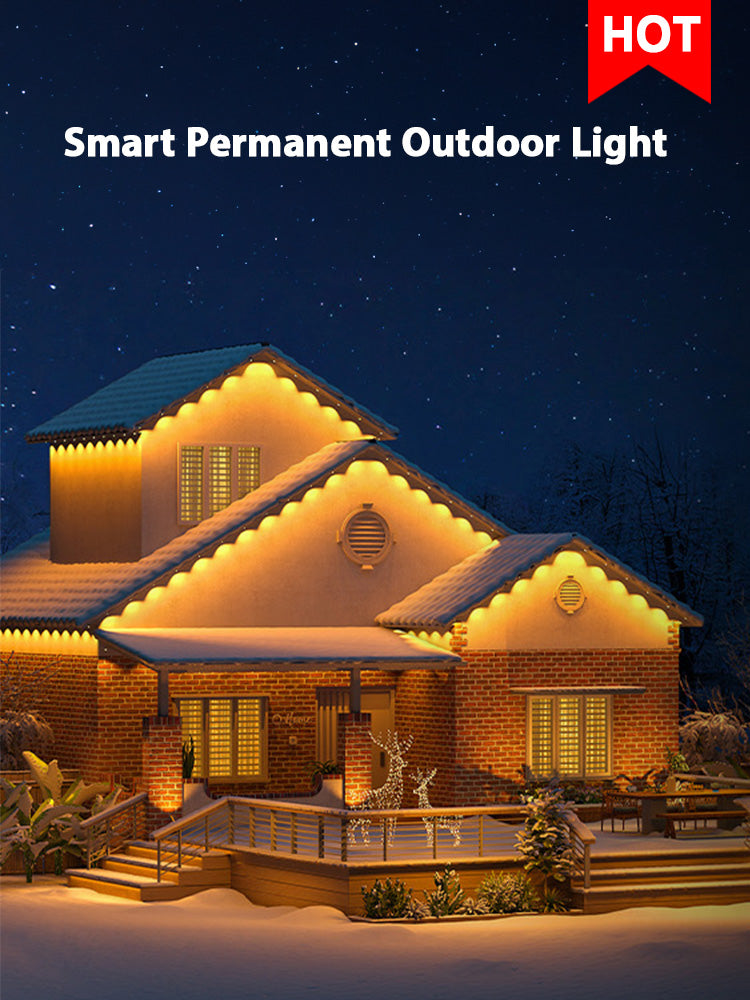LED lights have become a popular choice for home lighting. Many people prefer LED and lights because they offer energy efficiency and a long lifespan. Choosing the right LED lights for each room in your home is important. Different areas need different lighting to create the right atmosphere. The right LED lights can save energy and enhance the look of your home. LED lights also reduce maintenance costs and help the environment by using less power.
Understanding LED and Lights

What are LED Lights?
Definition and basic functioning
LED lights, or Light Emitting Diodes, are a type of lighting technology that uses semiconductors to convert electricity into light. Unlike traditional bulbs, LED and lights do not rely on filaments or gas. The small diodes emit light when an electrical current passes through them. This process makes LED lights more efficient and longer-lasting than other types of lighting.
Historical development and evolution
LED lights have come a long way since their invention in the early 1960s. Initially, LED and lights were used mainly for indicator lights in electronic devices. Over time, advancements in technology allowed for brighter and more versatile LED lights. By the 1990s, LED lighting became suitable for more applications, including home lighting. Today, LED lights are a popular choice for both residential and commercial settings due to their efficiency and versatility.
Benefits of LED Lights
Energy efficiency and cost savings
LED lights stand out for their energy efficiency. These lights use significantly less power compared to traditional incandescent bulbs. This efficiency translates into lower energy bills for homeowners. Many studies highlight the cost-saving potential of LED and lights. For instance, switching to LED lighting can reduce energy costs by up to 80%.
Longevity and durability
LED lights boast impressive longevity. While traditional bulbs may last around 1,000 hours, LED and lights can shine for up to 50,000 hours. This durability means fewer replacements and less maintenance over time. Homeowners appreciate the reliability and long-term value that LED lights offer.
Environmental impact
LED lights contribute positively to the environment. These lights consume less energy, which reduces the carbon footprint associated with electricity production. Additionally, LED and lights do not contain harmful materials like mercury, making them safer for disposal. Choosing LED lighting supports a more sustainable and eco-friendly lifestyle.
Technical Aspects of LED and Lights
Understanding the technical aspects of LED and lights helps you make informed decisions for your home. Let's dive into the different types and key specifications to consider.
Types of LED Lights
LED and lights come in various forms, each serving unique purposes. You can choose from bulbs, strips, and panels based on your needs.
Bulbs, Strips, and Panels
LED bulbs are the most common choice for general lighting. These bulbs fit into standard fixtures and provide excellent illumination. LED strips offer flexibility and are perfect for accent lighting. You can use strips under cabinets or along staircases for a modern touch. LED panels provide uniform light distribution, ideal for large spaces like offices or kitchens.
Smart LED Options
Smart LED and lights bring convenience to your home. You can control these lights with your smartphone or voice commands. Smart LEDs allow you to adjust brightness and color, creating the perfect ambiance. Consider smart options for areas where you want to change lighting moods frequently.
Key Specifications to Consider
When selecting LED and lights, focus on key specifications that impact performance and efficiency.
Lumens and Brightness
Lumens measure the brightness of LED and lights. Higher lumens mean brighter light. Choose the right lumen level based on the room's function. For example, living rooms may need softer lighting, while kitchens require brighter illumination.
Color Temperature and CRI
Color temperature affects the ambiance of a space. Measured in Kelvins (K), warmer tones (2700K-3000K) create a cozy atmosphere. Cooler tones (5000K and above) mimic daylight, suitable for workspaces. The Color Rendering Index (CRI) indicates how accurately colors appear under the light. A higher CRI means better color accuracy.
Wattage and Energy Consumption
LED and lights consume less energy than traditional bulbs. Look for options with lower wattage without sacrificing brightness. This choice maximizes energy efficiency and reduces electricity bills. Consider the lifespan of the LED as well. Longer lifespans mean fewer replacements and contribute to sustainability.
Choosing the right LED and lights involves understanding these technical aspects. By focusing on types and specifications, you can enhance your home's lighting while saving energy.
Practical Tips for Selecting LED Lights for Your Home

Choosing the right LED and lights for your home can feel overwhelming. You want to make sure each room has the perfect lighting. Let's break it down into simple steps.
Assessing Your Lighting Needs
Room-by-room analysis
Start by looking at each room in your house. Think about what activities happen there. Kitchens need bright, focused light for cooking. Living rooms might need softer, ambient light for relaxation. Bedrooms benefit from warm, cozy lighting. Make a list of each room and its primary function. This will help you decide on the right LED and lights.
Purpose and ambiance considerations
Consider the mood you want to create. Do you want a cozy and inviting space? Or do you need a bright and energetic atmosphere? LED and lights come in various color temperatures. Warm tones create a relaxing vibe. Cool tones energize and mimic daylight. Choose LED and lights that match the ambiance you desire.
Matching LED Lights to Home Decor
Style and design compatibility
Your home's style matters when selecting LED and lights. Modern homes might look great with sleek, minimalist fixtures. Traditional homes could benefit from classic designs. Match the style of your LED and lights with your decor. This ensures a cohesive look throughout your home.
Color and mood setting
LED and lights offer a range of colors. You can set the mood for any occasion. Use color-changing LEDs for parties or holidays. Stick to neutral tones for everyday use. Experiment with different colors to find what suits your space best.
Installation and Maintenance Tips
DIY vs professional installation
Decide if you want to install the LED and lights yourself. Some installations are simple and perfect for DIY enthusiasts. Complex setups might require a professional. Consider your skills and the complexity of the project. Safety should always be a priority.
Maintenance and troubleshooting
LED and lights are low-maintenance. Occasionally, you might need to troubleshoot issues. Check connections if a light isn't working. Clean fixtures regularly to maintain brightness. Keep an eye on the lifespan of your LED and lights. Replace them as needed to ensure optimal performance.
Incorporating these practical tips can make selecting LED and lights for your home easier. By assessing your needs and considering decor, you can create a beautifully lit environment. Enjoy the benefits of energy-efficient and stylish lighting in every room.
Choosing the right LED lights for your home is crucial. The right selection enhances both functionality and aesthetics. LED lights offer energy efficiency, long lifespan, and environmental benefits. Consider technical aspects like lumens and color temperature. Match LED lights with your home's decor for a cohesive look. LED lights reduce energy costs and provide bright, high-quality illumination. Enjoy the versatility and safety of LED lighting. Transform your home into a beautifully lit environment that reflects your style.

